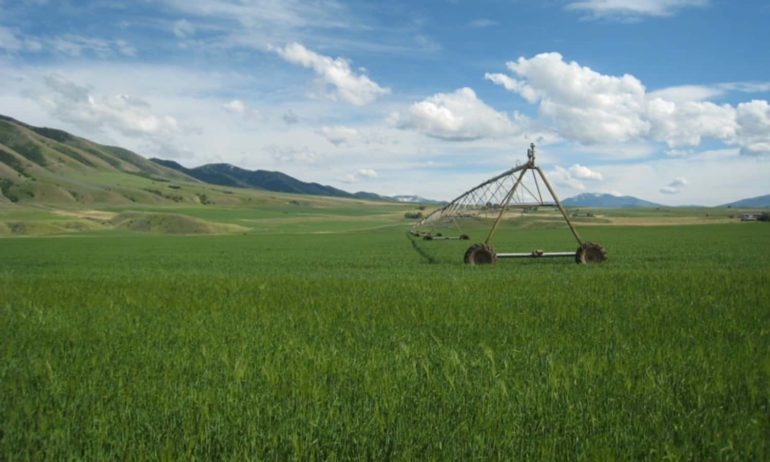The 2014 Farm Bill created Regional Conservation Partnership Program (RCPP) as the newest conservation tool of the United States Department of Agriculture’s (USDA) Natural Resources Conservation Service (NRCS). RCPP will divvy up a total allotment of US$235 million in federal funds to support projects that encourage joint efforts between multiple partners—including farmers, ranchers, governments, universities, and producers—to “increase the restoration and sustainable use of soil, water, wildlife, and related natural resources on regional or watershed scales.” So far, the USDA has approved 115 proposals nationwide for the second round of funding; the Colorado Pressurized Irrigation Small Hydropower Partnership Project is one of the approved and promising projects.
Developed by Colorado’s ACRE³ program, the Pressurized Irrigation Small Hydropower Partnership Project should receive more than US$3 million in funding, US$1.8 million of it from RCPP. An additional US$1.6 million will come from local funding sources such as the nonprofit American Rivers, the governor’s energy office, the Colorado Rural Electric Association, and others. The project will use the money to develop new technology to create a more efficient irrigation system, significantly reducing the water required to sustain agriculture in semi-arid climates, such as Colorado’s. The new system will also produce hydropower, a renewable and clean energy source that can supply energy to a power grid without releasing greenhouse gases.
Designed to conserve irrigation water, the project delivers water more precisely to crops using specialized circular sprinkler systems, as opposed to older, water-intensive flood irrigation methods. Additionally, the system will create hydropower by pressurizing the flow of agricultural water and capturing energy normally lost as water runs downhill.
U.S. Secretary of Agriculture Tom Vilsack is confident the small hydropower project will be a success. “This is not only possible. It is going to happen,” Vilsack told interviewers. “It is going to provide for more efficient irrigation, which is important as we deal with increased scarcity. It also is going to deliver hydropower, a renewable energy resource.”













